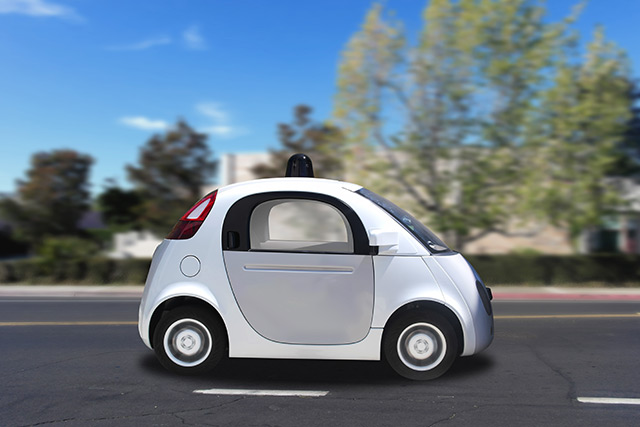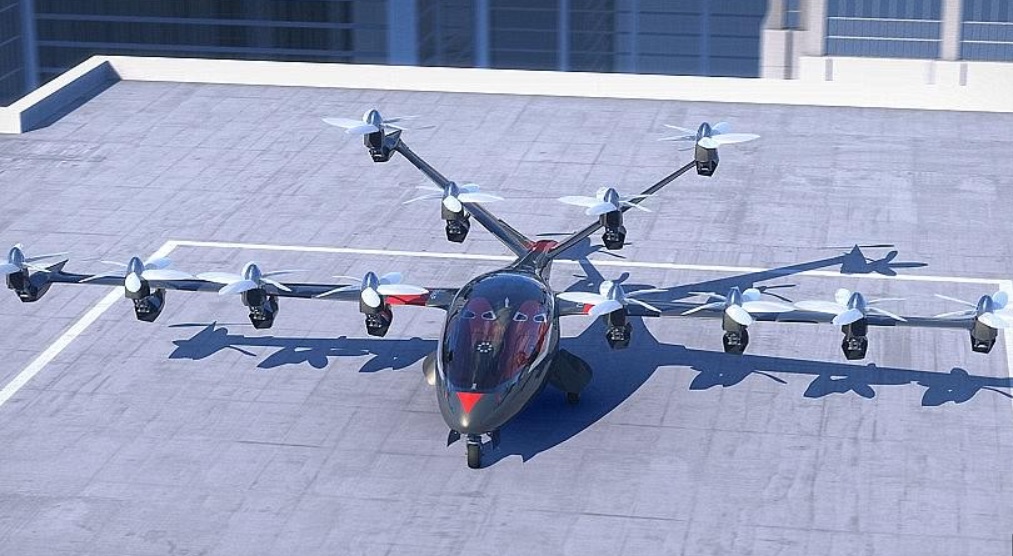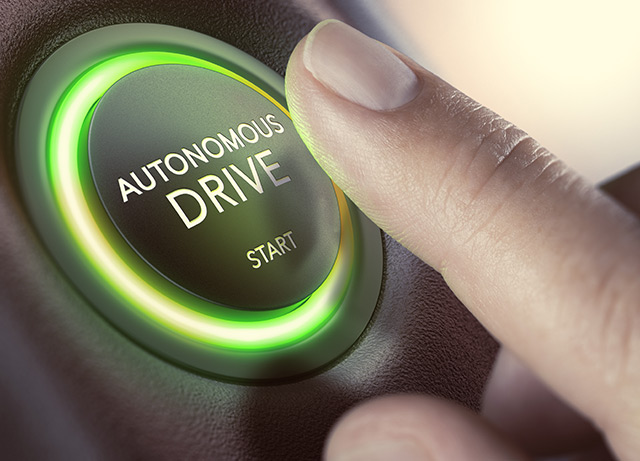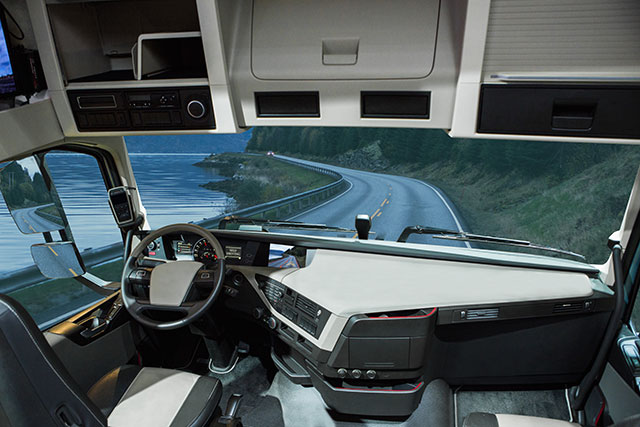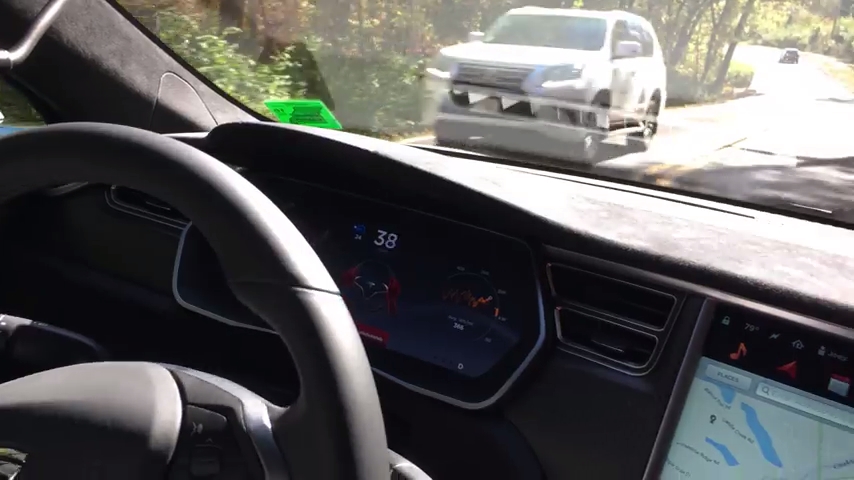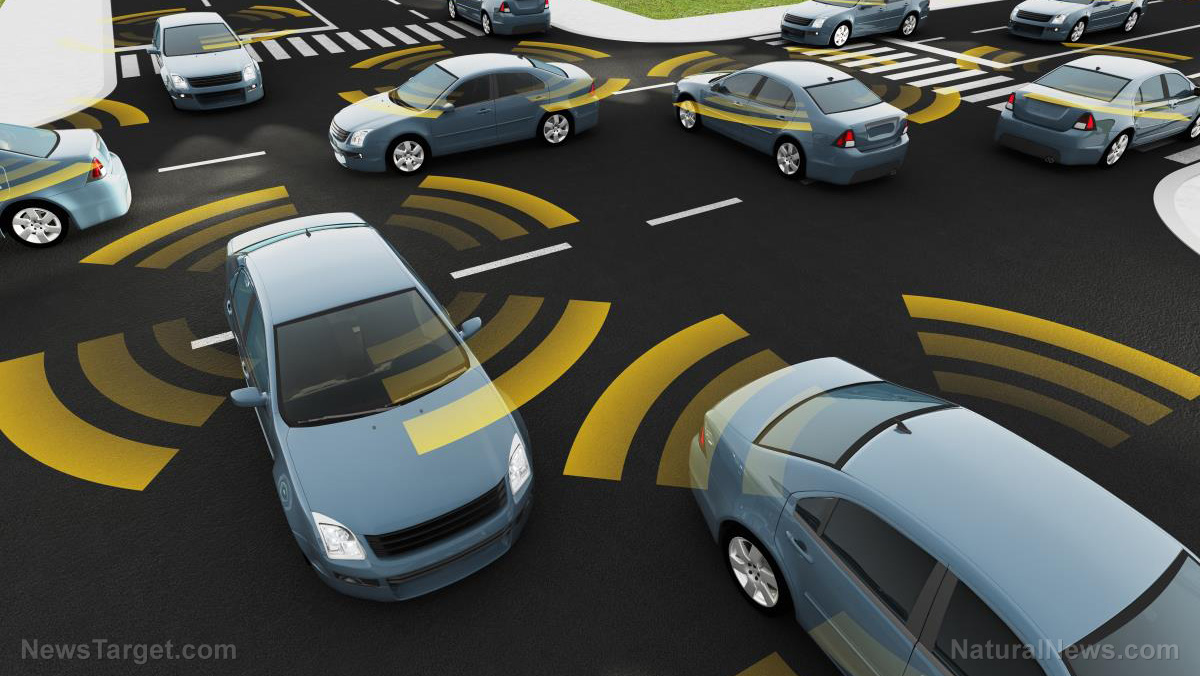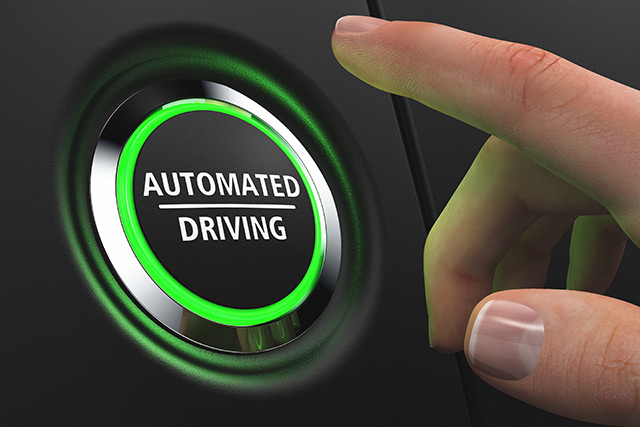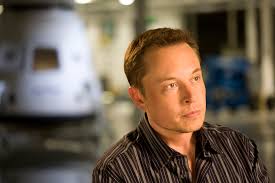Two-wheeled car being tested in China is a mashup of a motorcycle, electric car, and space capsule
08/07/2018 / By Edsel Cook

What looks like the love child of a motorcycle, a car, and a spaceship? If you said it’s the Ford Gyron concept car from 1961, you get an oatmeal cookie for the historical tidbit. But the correct answer is a Chinese electric gyrocar inspired by the Ford design, an article in Bloomberg stated.
A gyrocar is a two-wheeled vehicle that balances itself using gyroscope technology. The Gyron is not the first example, but it is the most well-known.
The prototype of its Chinese successor is called the 1703. Powered by electricity and balanced by gyroscopes found in iPhones and Segways, it is currently undergoing testing in Beijing.
Beijing Lingyun Intelligent Technology Co. created the new gyrocar and plans to start offering it in 2020. The company was founded by engineer Zhu Lingyun, the man who decided to take a crack at turning Ford’s concept car into reality.
“I was told by a potential investor that I have zero chance to make the idea work,’’ Zhu said in an interview following a successful test drive of his 1703 gyrocar. “But I firmly believe this is the future of urban transportation because it is exquisite, energy-saving and easy to manage. I have to make it.’’ (Related: Is Elon Musk selling HYPE rather than reliable vehicles?)
A 21st-century version of a 20th-century vehicle
The first gyrocar was built during the early part of the 20th century. When stationary, they deployed kickstands on either flank to prevent them from tipping over.
While novel, the gyrocar didn’t have the roominess and stability of its conventional equivalent nor the speed and maneuverability of motorcycles. None of the models ever entered mass-production.
However, the Ford Gyron made a lasting impression on Zhu when the engineer came across photos of the concept car on the internet. The gyrocar’s passenger compartment looked like a fighter cockpit, an impression further heightened by its tail fins.
The futuristic design could seat two people. While it was never produced, the Gyron did inspire a series of collectible toys.
Zhu founded Beijing Lingyun in 2014 to produce a modern-day Gyron. Starting with three employees and less than half a million dollars in angel investments, his company is now worth $60 million. He is planning to raise $30 million in funds in order to mass-produce the 1703.
Chinese gyrocar is powered by electricity and drives itself
Measuring 10 feet (three meters) in length and three feet in width, the 1703 gyrocar can accommodate one passenger. It can make 62 miles (100 kilometers) per hour.
In a promotional video released by Beijing Lingyun, the prototype is shown to drive itself. It dispenses with the traditional accelerator and steering wheel; instead, it is controlled through a mouse and a 24-inch screen.
A more traditional version features a steering wheel and brake. This version might be the first to become commercially available.
Both versions have a gyroscope beneath the single seat that maintains the balance of the vehicle. The doors on either side can deploy retractable wheels to prop the gyrocar when it is not moving.
Test drives demonstrated the silence and stability of the prototype. It also tackled turns with greater nimbleness than a conventional car.
The car is an electric vehicle. The batteries are good for 100 kilometers; they can also be removed from the car and recharged at home. Zhu believes the production model will cost $16,000 per unit once it is massed-produced.
The main obstacle to the Chinese debut of the gyrocar is its ambiguous identity. Legal authorities in China cannot decide if it is a car or a motorcycle. Before it can be permitted on the roads, the regulatory agencies must decide what rules to apply to it.
Wondering what new inventions might soon hit the road? Check out Inventions.news.
Sources include:
Tagged Under: autonomous cars, autonomous vehicles, China, Driverless, electric cars, electric vehicles, future science, future tech, gyrocars, innovation, inventions, research, robocars, robotics, science and technology, Self Driving, transportation

